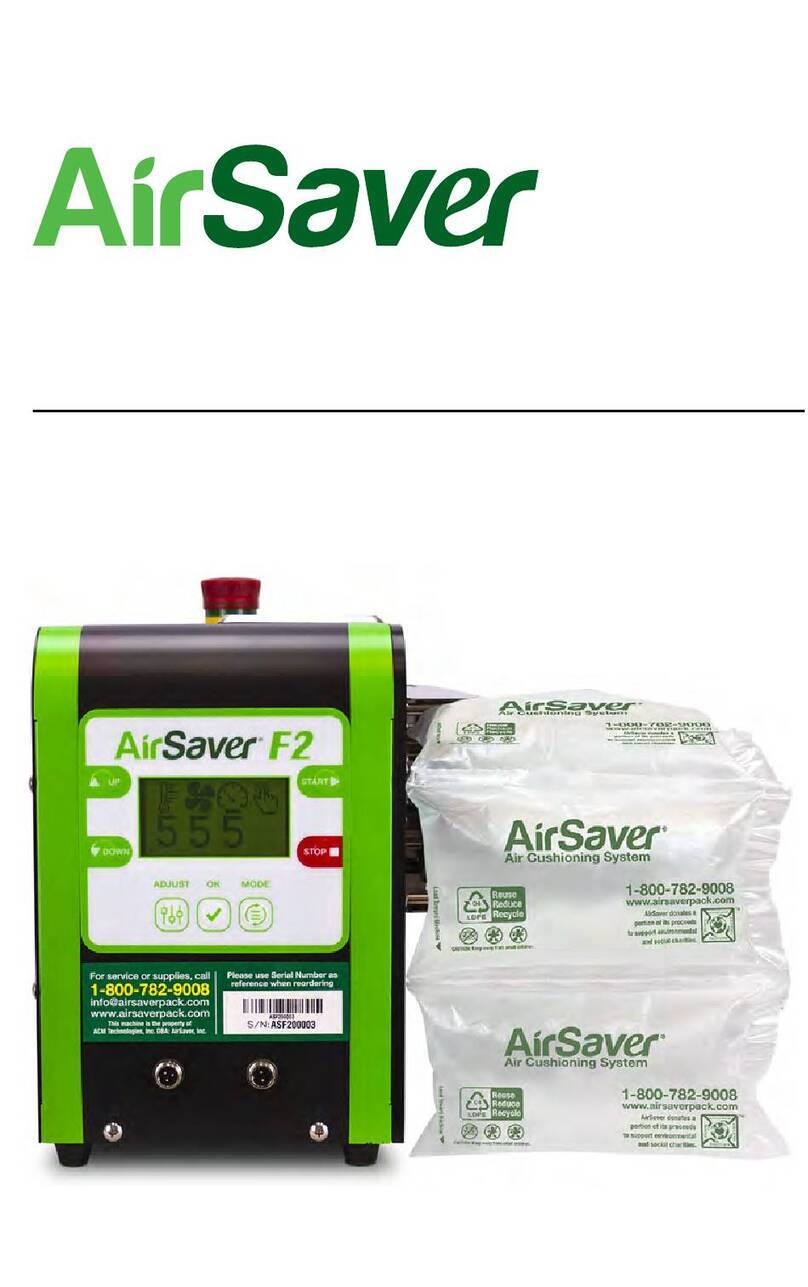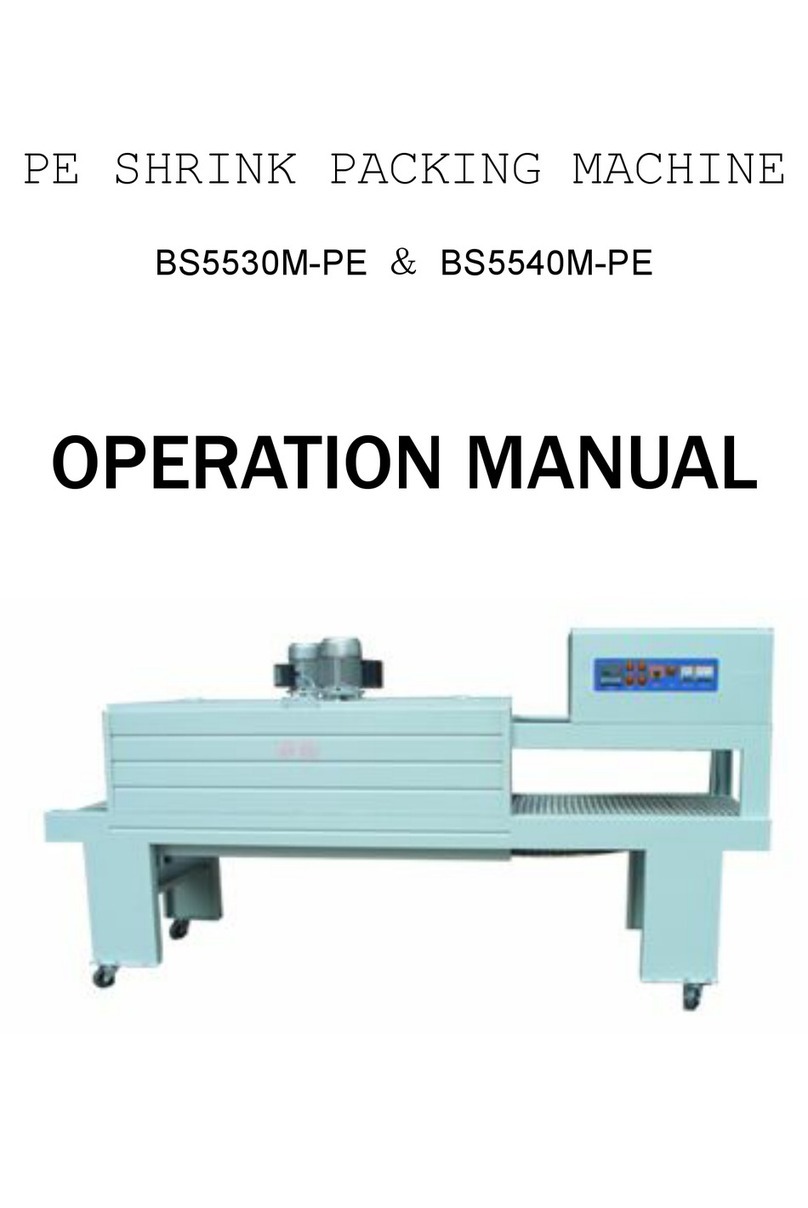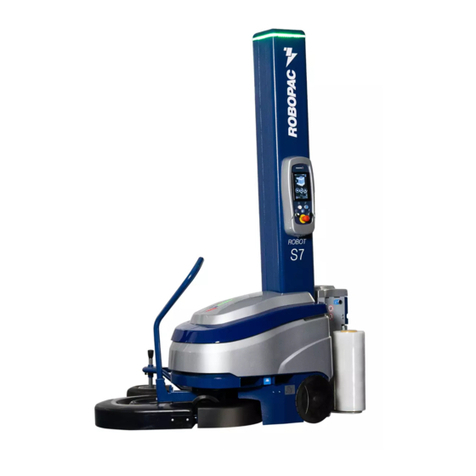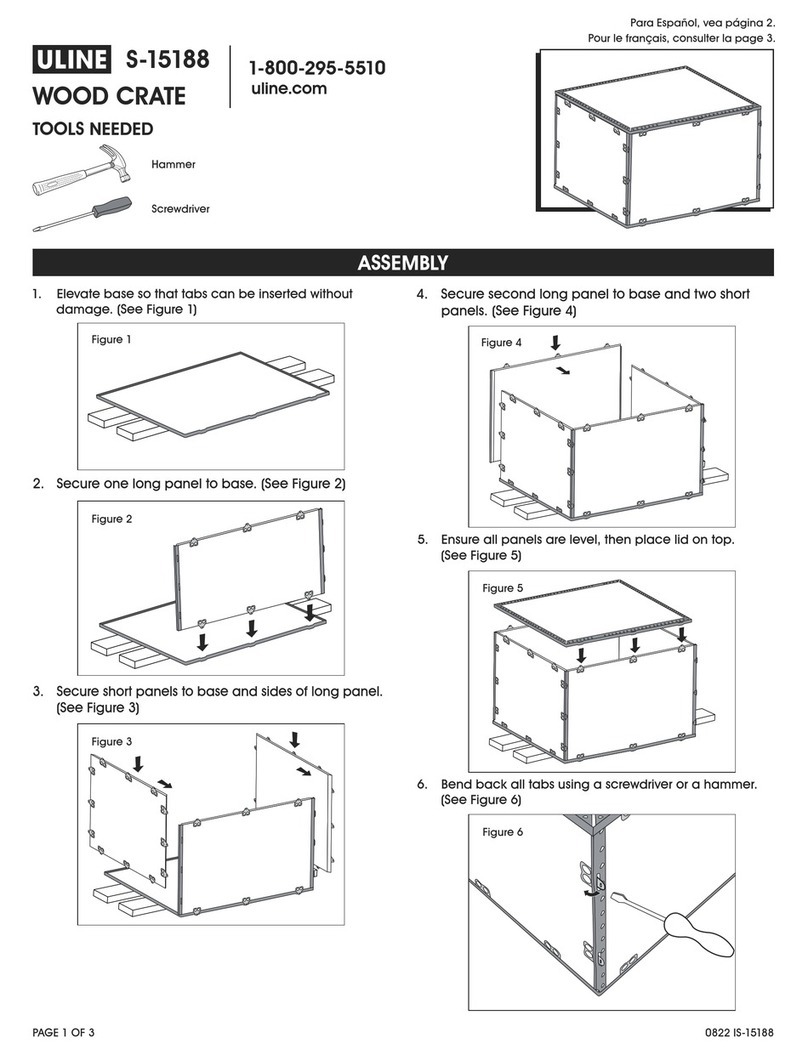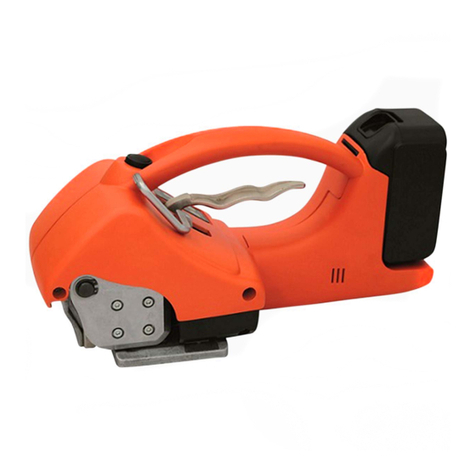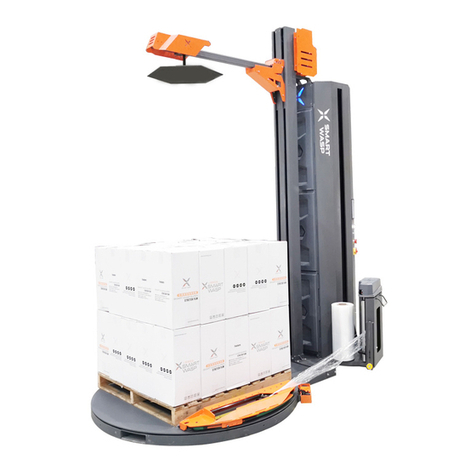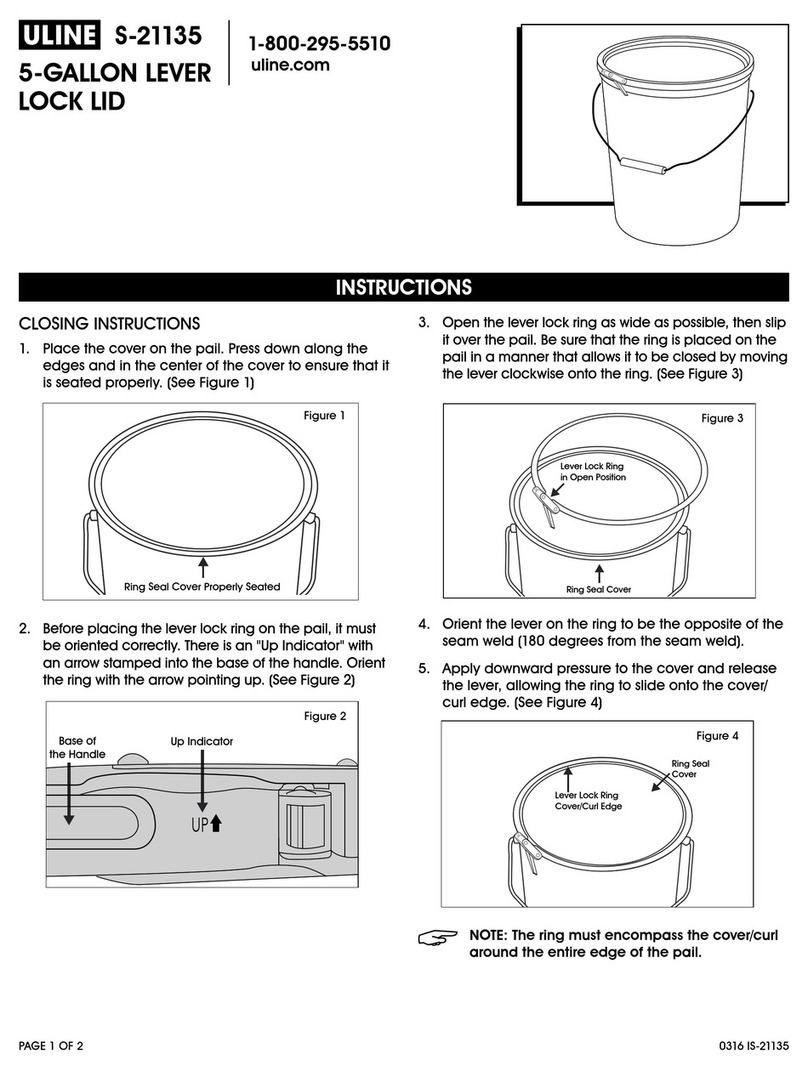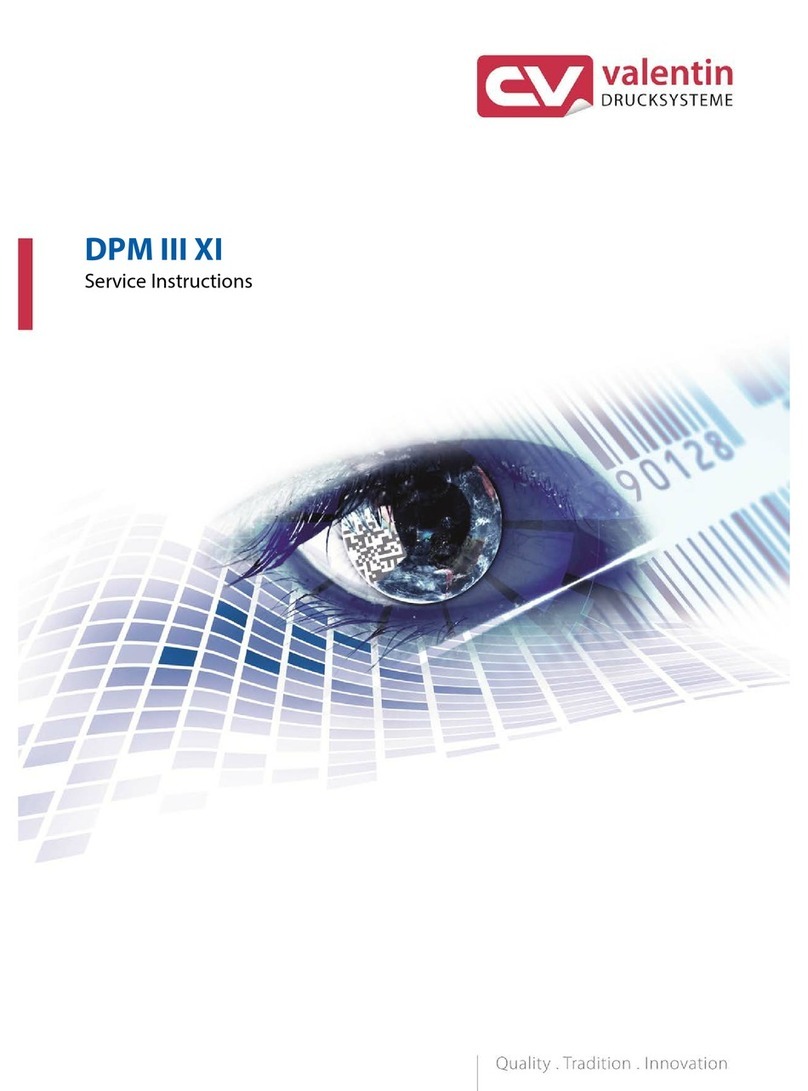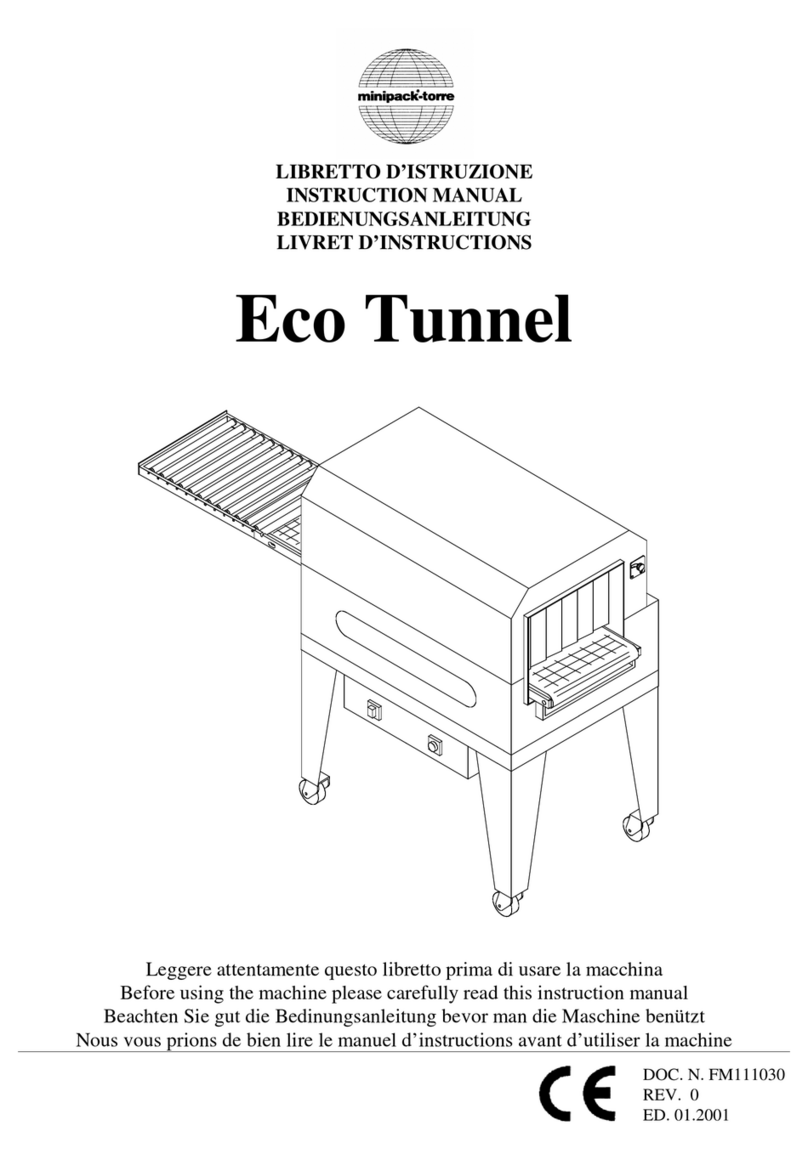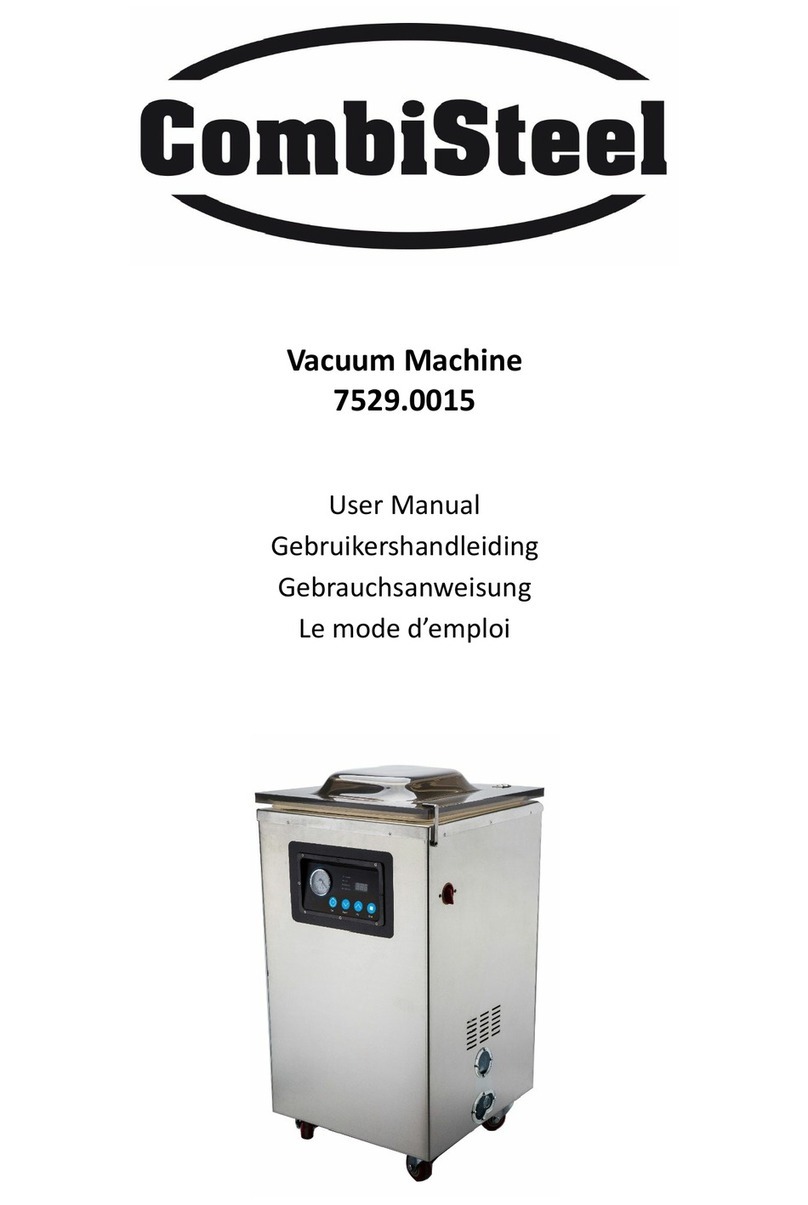
5
Table of contents
1Introduction.......................................................................................................... 6
1.1 Function ...........................................................................................................................6
1.2 Most important parts ........................................................................................................7
1.3 Control equipment............................................................................................................8
1.4 Technical specifications...................................................................................................9
2Preventive measures and safety instructions.................................................. 13
2.1 General safety instructions ............................................................................................13
2.2 Intended use and use not recommended ......................................................................15
2.3 Meaning of the symbols.................................................................................................16
2.4 Safety systems...............................................................................................................19
2.5 Transportation................................................................................................................23
3Description of the machine ............................................................................... 26
3.1 Operation .......................................................................................................................26
3.2 Description of machine frame ........................................................................................27
3.3 Description of bottom film unwind unit...........................................................................28
3.4 Description of forming station ........................................................................................32
3.5 Description of loading area ............................................................................................34
3.6 Top film unwinding unit ..................................................................................................38
3.7 Photocell and film brake.................................................................................................38
3.8 Description of sealing station.........................................................................................42
3.9 Cross cutting ..................................................................................................................43
3.10 Complete-cut punch (only available for RE25!) .............................................................48
3.11 Longitudinal cutters........................................................................................................49
3.12 Discharge conveyor belt.................................................................................................53
3.13 Control cabinet...............................................................................................................54
3.14 Drive gear.......................................................................................................................55
3.15 Film edge trim removal...................................................................................................56
4Control panel...................................................................................................... 59
4.1 How the touch screen works..........................................................................................59
4.2Machine operating menus..............................................................................................61
4.3 Operator menu...............................................................................................................65
4.4 Main menu .....................................................................................................................75
4.5 Access code.................................................................................................................101
5Operating the machine .................................................................................... 103
5.1 Preventive measures and safety instructions ..............................................................103
5.2 Turning on the machine ...............................................................................................106
5.3 Fitting the rolls of film...................................................................................................112
5.4 Setting the photocell.....................................................................................................115
5.5 Calibrate the photocell .................................................................................................116
5.6 Turning the machine off ...............................................................................................117
5.7 Operating the machine while it is running....................................................................117
5.8 Energy-saving operation..............................................................................................118
6Cleaning and maintenance.............................................................................. 120
6.1 Guidelines and methods ..............................................................................................120
6.2 Maintenance procedures..............................................................................................121
6.3 Maintenance instructions .............................................................................................126
6.4 Recording the maintenance and cleaning logbook......................................................134
7Overview of status lines .................................................................................. 136
7.1 Environmental factors ..................................................................................................136
7.2 Overview of status lines...............................................................................................137
7.3Defects affecting the film..............................................................................................139
8Explanatory list of words................................................................................. 140
9Appendix........................................................................................................... 144
